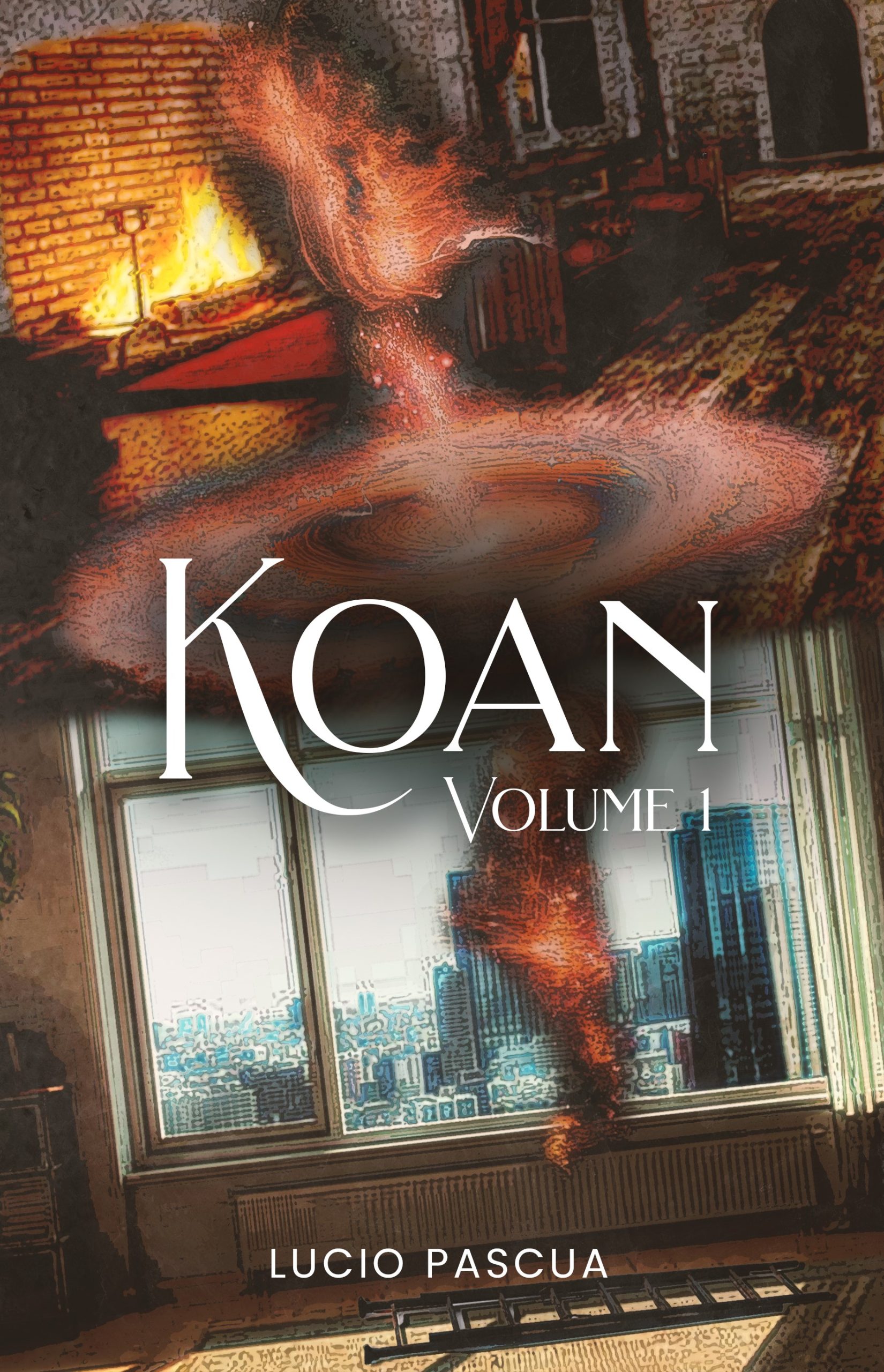Some villains are born in a single moment of betrayal or anger. Others are shaped, layer by layer, by a lifetime of cruelty. And then there are those, like Hel in KOAN, who are not just the product of their pain but the inheritors of centuries of malice. His story reminds us that evil can be cultivated like a family tradition, passed down through time until it becomes more than a choice; it becomes a legacy.

Some people, who appreciate the layered menace of Anton Chigurh in No Country for Old Men, the generational curse explored in The Green Knight, or the tragic moral collapse in Apocalypse Now, will find a similar depth in Hel’s story.
In KOAN, Hel is not the cackling caricature of a villain you might find in a formulaic blockbuster. He is the shadow at the story’s edge, shaped by a lineage stretching back thirteen generations. Each ancestor, driven by dominance and unkindness, left their mark on him, not as wisdom or guidance, but as a dark inheritance. When we meet him, he lives in isolation, sharpening his senses to recognize danger, not to avoid it but to weaponize it. His fascination with pain, falling off, and dominance is not a quirk but the conclusion of a worldview honed over centuries.
The book’s literary and philosophical fantasy elements give Hel’s backstory an almost mythic weight. In this regard, he’s not merely “bad” in the way many villains are sketched out in speculative fiction. He expresses the consequences of unchecked hatred and generational corruption. His brutality toward animals, his twisted experiments, and his obsession with bending others to his will are as much a reflection of inherited patterns as they are of personal choice. In a sense, Hel is as much a prisoner of his legacy as he is its executor.
This complexity sets KOAN apart in allegorical fiction and metaphysical fantasy. Hel’s villainy is not simply a plot device to create conflict. It is a philosophical question which prompts us to ask, Can someone forged entirely by darkness ever step into the light? Or is the weight of inherited evil too great to escape?
It’s a theme that echoes in cinema as well. Think of the brooding menace of There Will Be Blood, where Daniel Plainview’s ambition corrodes him from the inside out, or the haunting family curse of The Godfather, where Michael Corleone’s destiny feels both inevitable and tragic. Like these films, KOAN treats villainy not as a twist for shock value, but as an exploration of moral destruction over time.
Hel’s most chilling quality is not his violence, but his vision. He is the one who sees cruelty as purposeful and destined. In one of the book’s most unsettling turns, he plans not only to dominate his chosen victim but to bind her to him through bloodline, ensuring that his influence lives on. It isn’t chaos for chaos’s sake; it’s the cold, methodical ambition of a man who believes his darkness must survive him.
And yet, KOAN does not glorify Hel. His presence casts a long shadow over the book’s world, a reminder that peace and explanation are never achieved in a vacuum; they exist in disobedience of forces like his. In this way, Hel becomes an essential part of the novel’s meditation on cosmic balance. He is not the kind of villain who burns out quickly in a blaze of spectacle; he is the kind that lingers, haunting the edges of the narrative, forcing you to confront the unsettling truth that evil, when cultivated over generations, is both deeply human and chillingly inevitable.
In KOAN, Hel is proof that the most frightening antagonists are not those who come from nowhere, but those who have been here all along, waiting for their moment in the dark. But the question is, are we taking his lead? Or will we have the power to divert from such evilness? To explore more and to read the full story, we highly recommend reading KOAN.
Here is a link to purchase: https://www.amazon.com/dp/1968615466.